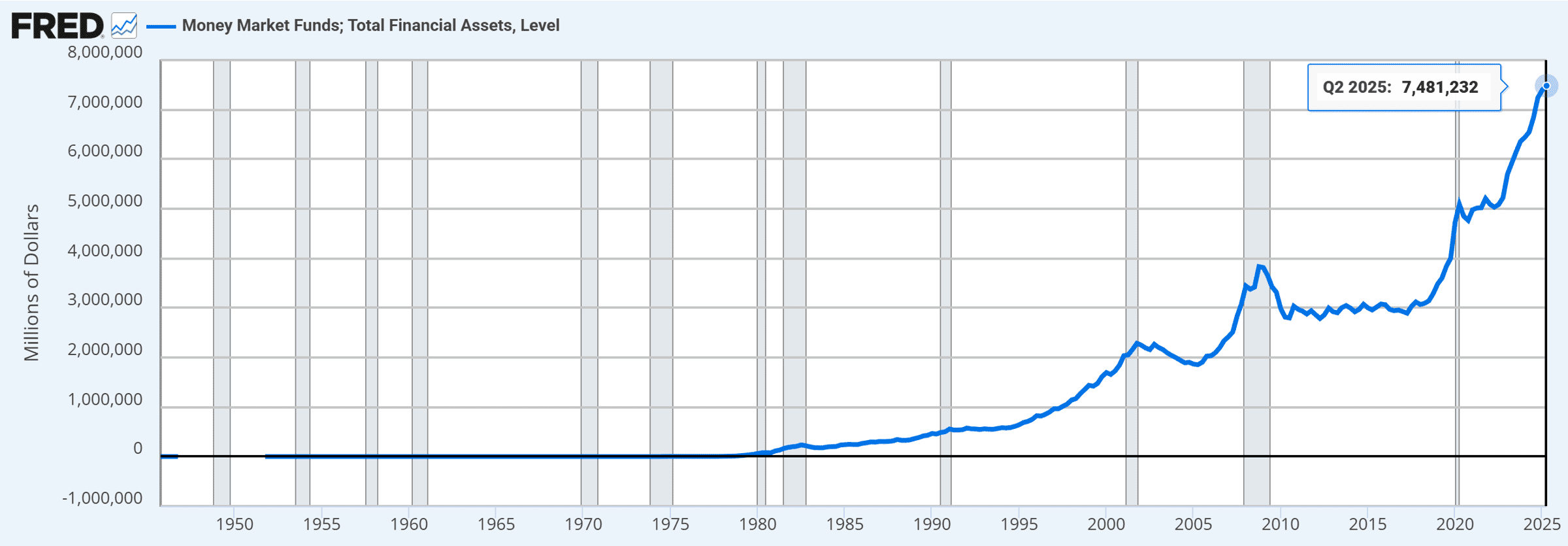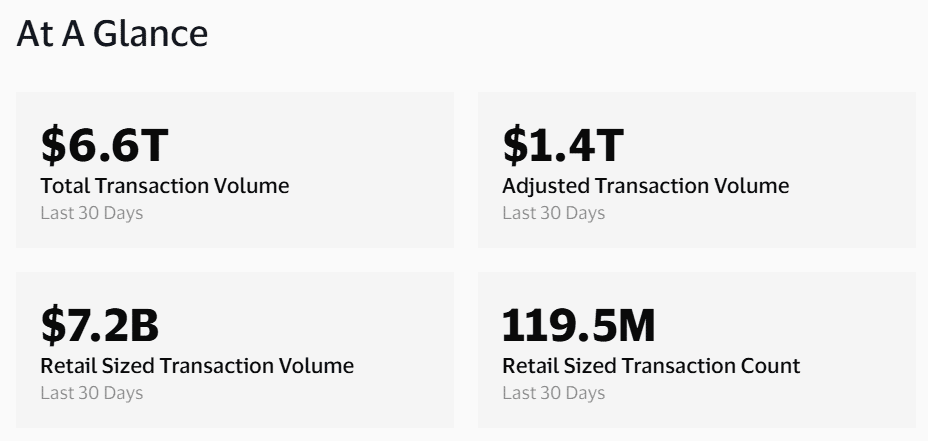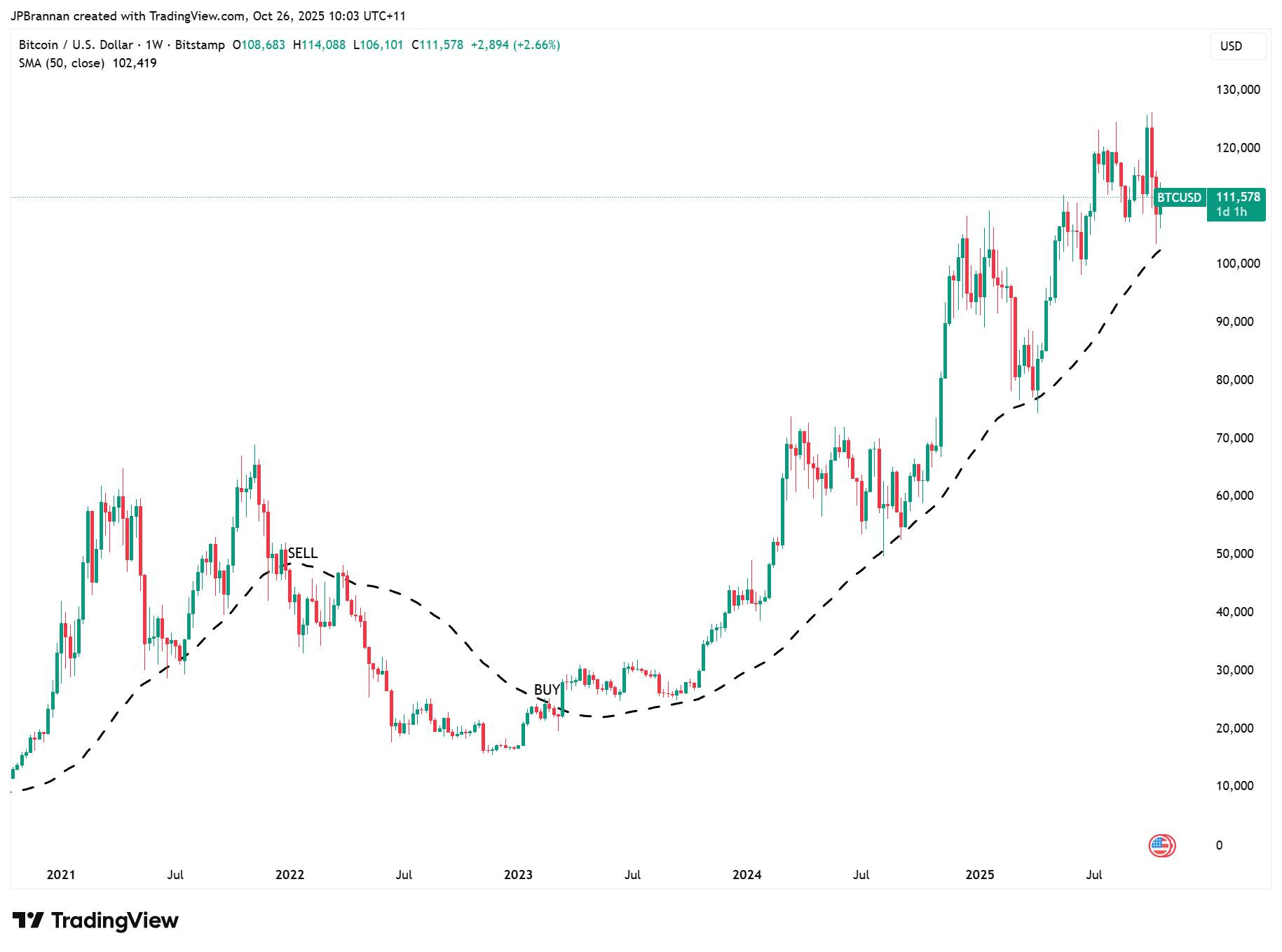Thanks for reading The BlockByte Weekly, where we summarise the key updates in crypto over the last week and provide our perspective on what you need to know as an investor.
Weekly Snapshot
- BTC: US $111,619 (+4.8%)
- ETH: US $3,961 (+3.3%)
- Crypto Market Cap: US $3.73T (+4.7%)
- Gold: US $4,111/oz (-5.0%)
- S&P 500: 5,802 (-2.4%)
- ASX 200: 9,019 (-0.5%)
Key Stories This Week
US CPI Lower than Expected, JP Morgan Embraces BTC & ETH - Why It's Bullish for Markets
On Friday it was announced that US CPI readings came in at 0.3%, below the 0.4% measured in August. The reading was below consensus forecasts and now positions the Fed for a 25 basis point (0.25%) cut heading into next Friday's Federal Open Market Committee (FOMC) meeting.
Polymarket, an online crypto predictions platform (which is now banned in Australia due to not having a gambling license) has put the likelihood of a rate cut at 97.8%. Polymarket is going through another funding round with a valuation of US $15B after correctly predicting all 50 US state election results for the 2024 election.

When rates fall, it's seen as 'easing' as the cost to borrow falls and money held in bonds or money market accounts earning low yields often starts to rotate into higher return investment options like stocks and perhaps now, digital assets. Currently, US money market funds have nearly US $7.5 trillion dollars under custody.

The potential shift of capital into digital assets seems more likely as a Bloomberg report noted that JP Morgan will enable Bitcoin and Ether to be loan collateral by the end of this year.
The reason why we think the JP Morgan story is actually quite significant is that 'big money' often likes to accumulate assets, and borrow against them tax-free, rather than selling down assets and paying capital gains tax. JP Morgan is the world's most valuable bank (valued at US $800b), and this move likely sends a message to all other global banks that they will need to follow suit. This underscores why we still believe we're in the early innings of capital rotation into digital assets.
Why We're Structurally Bullish on Ethereum
Earlier in the week we shared a LinkedIn post outlining our thinking on why we're bullish Ethereum in the years to come. While Bitcoin is the king of the digital asset ecosystem, at 59% of the US $3.7T crypto market cap - it's Ethereum that has been quietly developing use cases beyond the digital gold narrative.
Firstly, let's take a look at crypto's breakout use case; stablecoins. According to Visa, in the last 30 days, US $1.4T in adjusted stablecoin volume was transacted. 'Adjusted' means that internal transfers are removed e.g. if Tether was to move a billion dollars from one of its stablecoin accounts to another, this might not be a sign of growth or adoption in stablecoins, it's statistical noise.

When it comes to where stablecoin supply is minted, Ethereum has nearly twice the market share of its nearest blockchain competitor Tron, and is extending that lead. XRP's issuer, Ripple, has an almost invisible stablecoin market share and shows minimal ongoing traction.

What about if we take a look outside of stablecoins, at the small but growing sector of real-world assets (RWAs) and tokenisation? According to the RWA.xyz, there are ~US $35B in real-world tokenised assets across bonds, securities, real estate and private equity. Which is the blockchain of choice to support that? ~52% of RWAs are being tokenised on top of Ethereum - it's the institutional blockchain of choice for tokenisation.

If you combine these underlying drivers with the fact that ~70 entities are now acquiring ETH as a reserve asset, now holding US $23.5B in ETH, with ETFs holding a further US $26.5B - we think that Ethereum may well have its moment in the sun in the months and years to come.
Bitcoin's Still Trending Up
Lastly, we thought it was worth a re-share of the Bitcoin 5-year chart with a simple 50-week moving average. It has actually proved to be a relatively reliable indicator to use for people looking to trade in and out without getting shaken out by the volatility.

As you can see, we have been in long-term uptrend since early 2023. If prices cross below the $100,000 mark in any substantial way, this may cause us to rethink our bullishness - but for now, we're long. The macroeconomic backdrop of falling rates, rising US debt and deficits, along with mainstream financial inclusion from major institutional players supports our positive outlook for the years to come. Of course, Trump might cause some bumps along the way, but we think patience will be rewarded looking back 5 years from today.
Until next week,
James
James Brannan
Managing Director
BlockByte
.png)
.png)